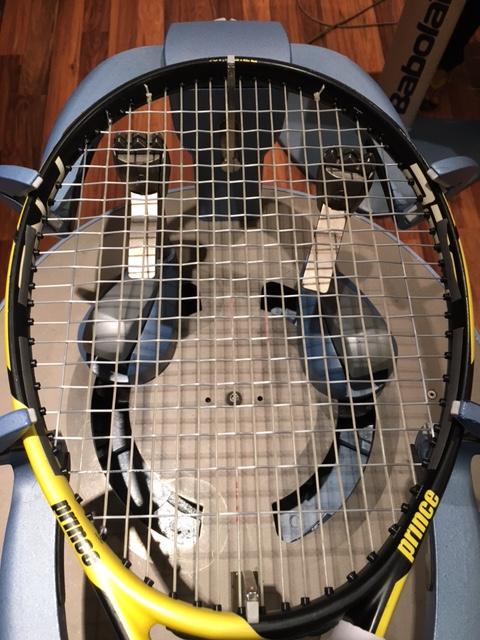Signs Of Overtraining
Let’s be fair, now. The majority of us can’t really be accused of ‘overtraining’. We do our best, and we do very well, but often we’re forcing ourselves to exercise rather than forcing ourselves not to. The concept of ‘overtraining’, therefore, may seem like a strange one. Surely more is better? Well, not always. It all depends upon your attitude, and upon how much importance you afford the concept of resting in training. Overtraining can actually be very bad indeed for you. It can wear down your muscles, stress you out, make you obsessive, wreck your sporting form, and even make you fat. Sounds counter-intuitive, right? But it’s true. If you don’t give your body time to process and work through the exercise you’ve done, all that happens is that you stress your body out and wear it down without ever feeling the benefit. Overtraining is a bad thing. Many of us, however, don’t know we’re doing it. Here are some signs of overtraining to watch out for:
Obsession
One of the strongest signs of overtraining is not physical, but psychological. Nobody is quite sure if obsession prefigures overtraining or vice versa. Over-exercising causes cortisol to be released, which makes us stressed, which could bring on exercise-related anxieties in a kind of vicious circle. On the other hand, those kinds of anxieties could have brought on the over-exercising in the first place. Whatever the cause, many people who over-exercise display obsessive behaviour around their training. They train compulsively, and get very anxious indeed when they find themselves unable to exercise. Some experts speak of ‘exercise addiction’. The validity of this term is debated, but it is notable that some overtrainers let exercise take over their lives to the extent that it’s damaging things like their relationships, their careers, and their mental health. If you find yourself worrying unduly when you can’t exercise, or notice that friends and family are commenting on the amount of time you spend training, it’s perhaps time to take stock of your attitude towards training and exercise.
Muscle Weakness
You’d think that working out would make you stronger, and improve your muscle tone. If you do too much of it, however, you can actually end up making your muscles weaker. When we exercise, we cause micro-tears in our muscles. These are later fixed by the body, which adds more muscle tissue on in order to prevent the same thing from happening again. This is how our muscles grow. However, this process generally occurs while we are asleep or resting. If you don’t give your body enough time to rest and repair the damage, all that happens is that you pile micro-tear on micro-tear, and ultimately degrade your muscles. It’s not ideal.
Fatigue
Fairly obviously, if you don’t allow yourself enough rest time, you’re going to be exhausted. Physical and mental fatigue are strong signs of overtraining. Often, we put this down to stress and time pressures elsewhere in our lives - but if you are finding yourself constantly tired, try taking a day off training and see how you feel afterwards.
Frequent Minor Illness
You’re supposedly making yourself stronger with frequent training sessions, yet you’re constantly coming down with colds and infections. What’s going on? Basically, you’re wearing your body out, leaving it less energy and resources to devote to your immune system. If you overtrain, your body has to work flat-out to try and keep your muscles going. Ultimately, it ends up diverting resources from your organs and your other systems into your muscles to try to fulfil the demands you’re putting on your body. If you prolong this over a long period of time, your immune system ends up getting depleted, which means that you end up getting sick more often.
Tremors
The damage to your muscles and your general depleted state can manifest in tremors. We’ve all experienced minor tremors after a tough training session. If you find these persisting throughout your daily life, it’s probably time to start interspersing some rest with your training. Resting and recovering is just as important an aspect of your training regime as practising serves and strengthening your muscles. Without rest and recovery, all of your hard work might as well be for nothing!











